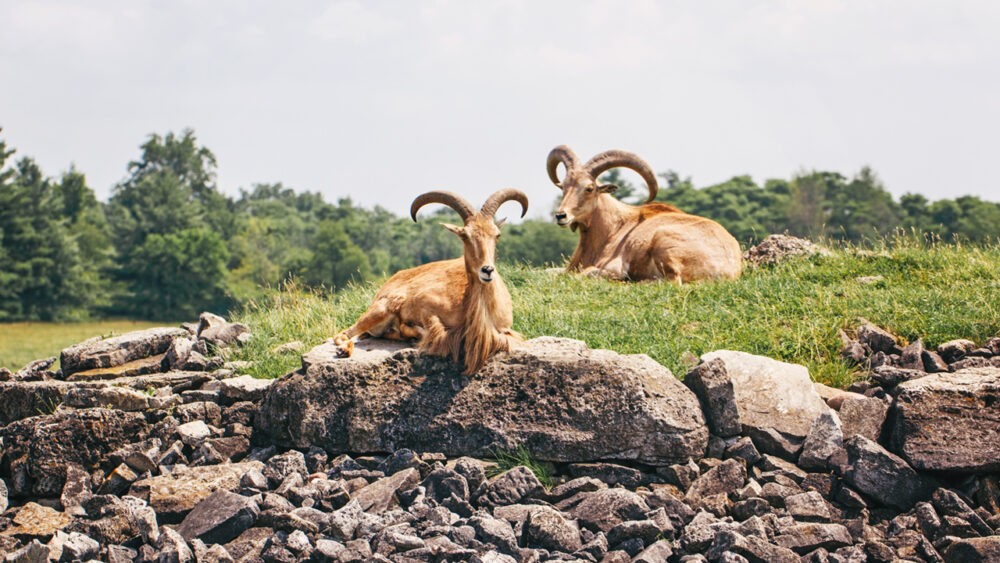Texas landowners will soon be allowed to open fire on a new invasive species — and they’ll be able to do it from helicopters.
Under a new law taking effect September 1, hunters will be permitted to shoot Barbary sheep — also known as “aoudads” — from helicopters in an effort to control the fast-growing population of the aggressive North African species.
This law adds Barbary sheep to the short list of species — previously limited to feral hogs and coyotes — that can legally be hunted from the air in Texas.
The decision to add the sheep to the short list comes after years of alleged complaints from ranchers and conservationists in West Texas, where the shaggy, horned sheep species have exploded in number and wreaked havoc certain areas of the state.
Originally introduced in the 1950s for exotic game hunting – according to the Texas Invasive Species Institute, Barbary sheep have flourished in the dry canyons and mountains of West Texas, from Fort Stockton all the way to El Paso.
With few natural predators and the ability to survive in environments often hit by long droughts, the species has now become a major nuisance for land owners in Texas.
Barbary sheep pose a threat to certain deer species and bighorn sheep species by competing for the same food.
Their aggressive and territorial characteristics, along with their ability to evade predators and move in large groups, gives them an edge over native species throughout Texas, something not foreseen in their 1950’s introduction to the states.
This competition has hindered bighorn sheep reintroduction efforts led by conservation groups across Texas.
Barbary sheep have also been seen feeding on winter wheat, creating concern among farmers, regardless of the fact that they are not currently classified as “major agricultural pests.”
Environmental experts further that “aoudads” not only overgraze already-depleted lands but also pose a risk of spreading disease to other native species in the Lone Star State.
Helicopter hunting has long been used to manage invasive hog populations, with a Texas A&M AgriLife study showing up to a 31% reduction when professionally executed.
“Under certain circumstances, an aerial gunning event can be a very useful addition to a feral hog integrated pest management plan,” The study reads.
Now, ranchers may welcome the new law as a step toward relief from the invasive sheep species from an aerial view, not just feral hogs or coyotes.


